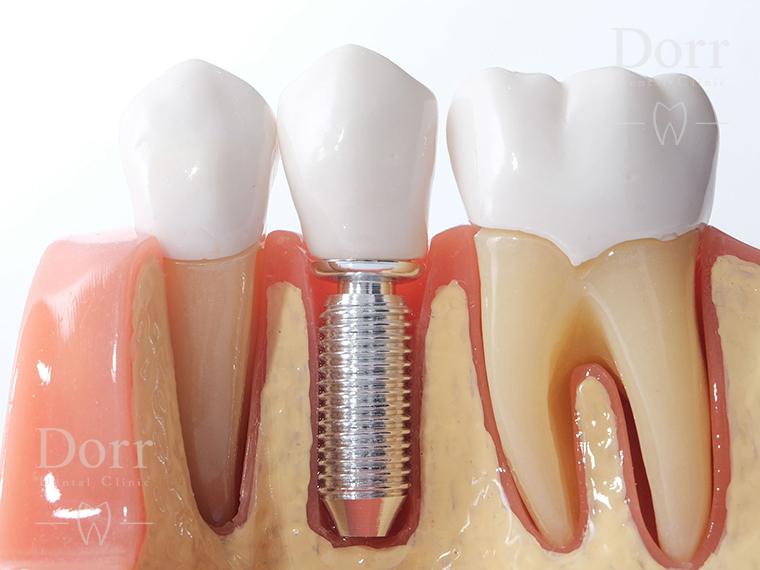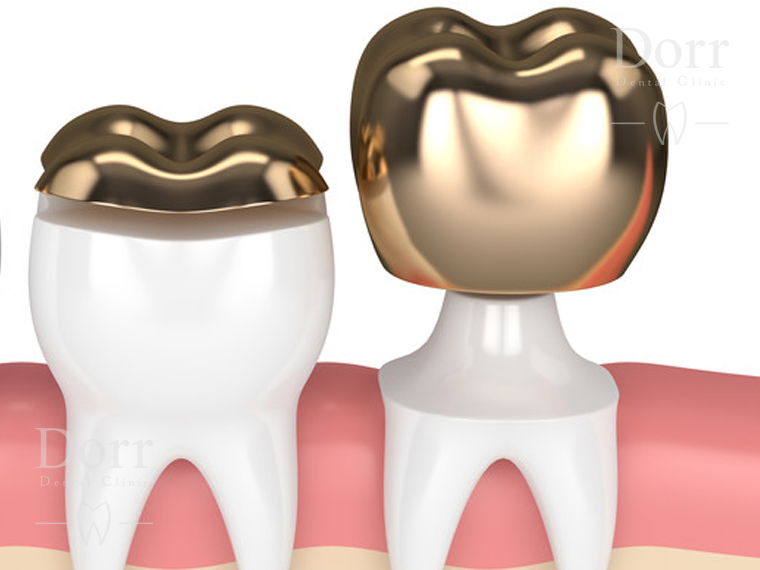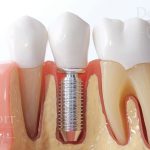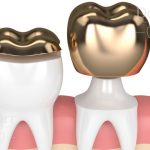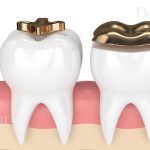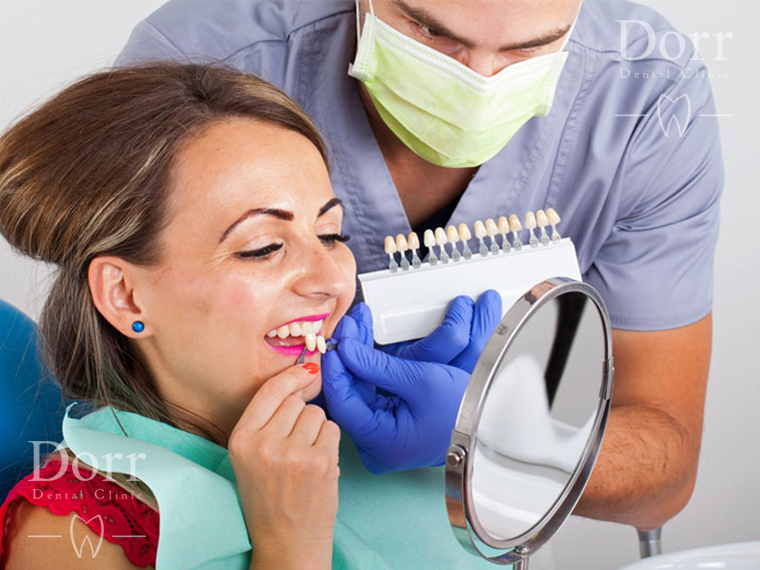

Dental veneers are thin shells, custom made of tooth-colored porcelain or composite resin that cover over the tooth surface to improve dental issues such as worn tooth enamel, misalignment, and space between teeth, discoloration, chips or cracks. Veneers can provide you a natural tooth appearance, and in case of appropriate oral hygiene, it can benefit you for 10-20 years. A tooth veneer is a cosmetic dentistry subgroup because it provides you a bright and withes smile with aligned and pretty teeth. High resistance and creating a beautiful smile is another advantage of dental veneers. Dental veneer procedure can be applied in two different way: direct procedure and indirect procedure.
Veneer placement procedure
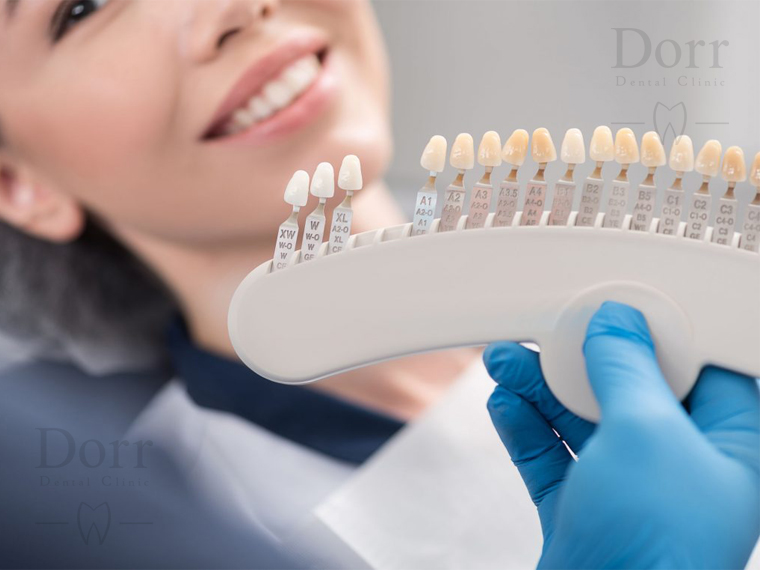
Generally, we have two types of veneers, partial veneer which is applied for minimal tooth defect and full veneer for the large dental defect. Veneers can fix either directly or indirectly.
Direct procedure
Direct veneers are a good option to cover dental defects which are caused by enamel hypoplasia, especially for frontal teeth. This method can be applied in two different ways: direct partial veneer and direct full veneer.
Direct partial veneer
It is suitable for localized dental defects and covers a small portion of the tooth surface. The procedure for installing direct partial veneer involve:
- Cleaning the tooth surface properly
- Selecting veneer shade under natural light
- Isolating the dental surrounding with cotton rolls to obstacle contamination from saliva
- Applying local anesthesia depending on the amount of tooth damage
- Fixing partial veneer properly on the desired site
Direct full veneer
It is a good option for a large amount of defect like widespread enamel hypoplasia, specifically for frontal upper jaw teeth, as well as the gap between tow teeth. In this technique, if more than two teeth are involved, it will be applied in two stages. Direct full dental veneer procedure includes:
- Choosing appropriate shade
- Isolating the dental surrounding with cotton rolls to obstacle
- Applying other preparation such as etching, rinsing, and drying
- Fixing composite veneer by a bonding agent
If the direct veneer is applied for more than one tooth, the dentist performs these procedures for each tooth one by one.
Indirect procedure
Most dentists and patients prefer indirect veneer which is prepared in the dental laboratory and made of processed composite or porcelain material. The indirect dental veneer procedure is less complex and time-consuming compare to the direct procedure. This procedure performs in tow dental appointment. In the first session, the dentist takes an impression of the tooth and send to the laboratory for making the model. The second appointment is installing session. The whole procedure includes:
- Applying local anesthesia to remove minimal enamel and creating space for application of veneer. In some cased no need to apply anesthesia procedure, depending on different factors such as tooth sensitivity during the cavity preparation.
- Selecting appropriate shade and taking a dental impression. The impression will be sent to the dental laboratory in order to make a direct veneer.
- Placing a temporary veneer until preparing and placing a final veneer.
- Removing the temporary veneer, once the final veneer is ready, and cleaning (etching and drying) the desired tooth to prepare for placing the final veneer.
- Fixing veneer properly with the light cure for about 60 seconds, removing addition materials and polishing margins with the help of a dental instrument.
Dental veneer maintenance

Although dental veneers are made of strong materials, they are also subject to damage in case of poor oral hygiene and expose to bad habits. There are some few items, that should be considered to ensure your veneers goes well:
- Keep your teeth and gums clean, same as original teeth, with regular brushing and flossing. Pay attention, use of non-abrasive fluoride toothpaste.
- Avoid chewing hard foods and candies because they may separate the veneer from the teeth or crack them.
- If you used to grind your teeth, you need to wear a bite guard at night in order to prevent pressure on your teeth and veneer. Tooth grinding applies high pressure and stress on your teeth than the normal functional situations.
- Attend all dental appointment following the veneer placement procedure. Your dentist needs to check the gum tissue response, the veneer placement, and your oral health.
Generally, a dental veneer is a great way to cover damaged or crooked, discolored and misaligned teeth. If the dental veneer placement procedure applied by an expert aesthetic and restorative specialist, it can provide you the best advantages for many years.
Ask from the doctor

